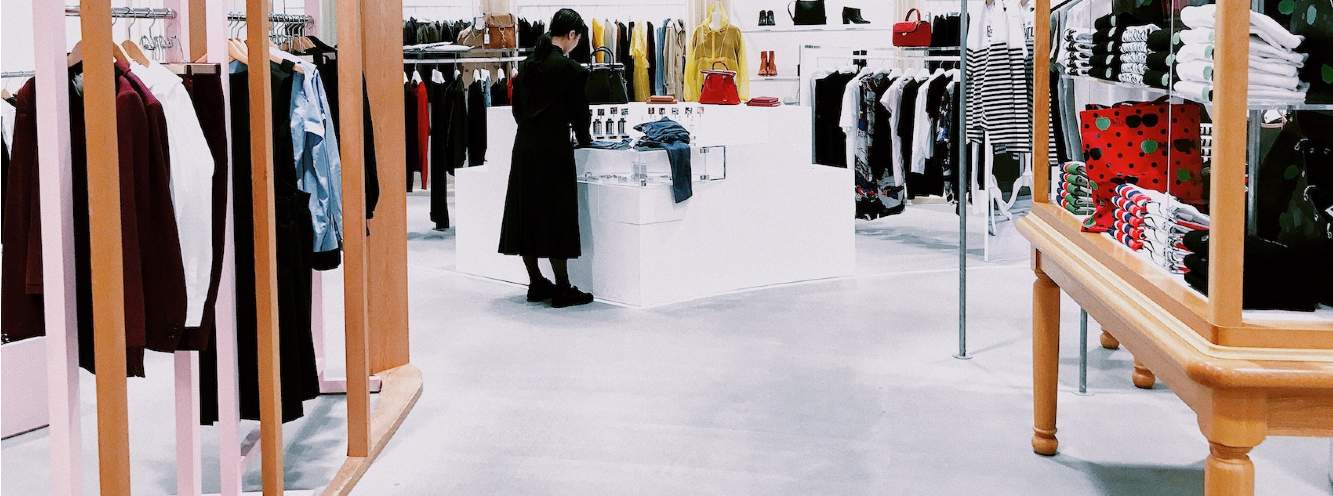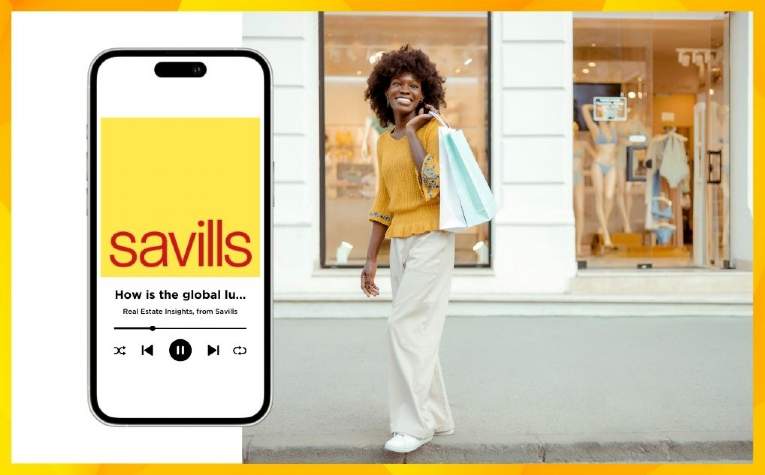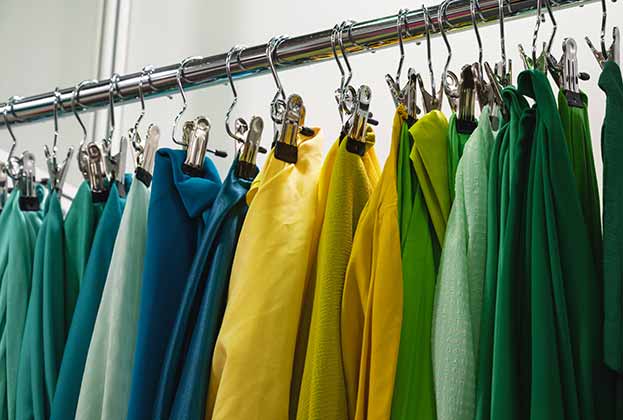As the Covid-19 crisis continues, the UK is coming to terms with the likely possibility that social distancing will be in place for the foreseeable future, with every industry being forced to adapt in some way to meet the restrictive measures.
Two sectors feeling the full force of this are the retail and leisure industries, with the implementation of social distancing already impacting the profits and margins of those retailers that are able to stay open.
As it becomes increasingly likely that social distancing will become the new normal over the coming months, how can retailers and leisure operators adapt to ensure that they are still providing their services, while adhering to government guidance?
We have already seen some supermarkets include signage advising customers not to touch products unless they plan on purchasing them and it’s likely that we will see this rolled out across the wider retail sector, with stricter measures on browsing and retailers enforcing structured routes around their stores.
This presents obvious difficulties for the fashion sector with regards to trying on clothes, but could we see a fast track of the use of augmented reality to virtually try on items or visit virtual changing rooms through an app? This was already being explored in the sector prior to Covid-19 so could become a reality quicker than we may have originally anticipated.
This acceleration of tech may also be seen in the F&B sector as restaurants and bars are likely to have to increase distance between tables and minimise queueing. We may therefore see a rise in the use of in-house apps, with customers ordering and paying via the app from their table. This would certainly limit the contact with members of staff while avoiding queues and the transfer of money and has already proven popular in a number of establishments prior to the onset of Covid-19.
Fast-food and casual dining brands are likely to be better placed to adapt to this new way of eating out, with drive-thru and delivery options already proving popular, but there are obvious difficulties for higher end restaurants which rely on ambience and quality service to attract diners.
It is likely that we will also see a rise in retailers maximising their click and collect capabilities, with retailers potentially creating new ‘hubs’ within stores or in car parks for customers to pick up items. This presents opportunities for retail parks and out-of-town locations as the larger schemes mean that social distancing can be adhered to more easily. It may be the case that these locations are the first to see shopping habits return to something that resembles normality.
There is no doubt that the future looks challenging for retail and leisure, but those operators that can adapt to social distancing measures while still providing the products and services that customers expect will certainly be best placed to weather the storms over the next few months.
Further information


.jpg)



.jpg)



